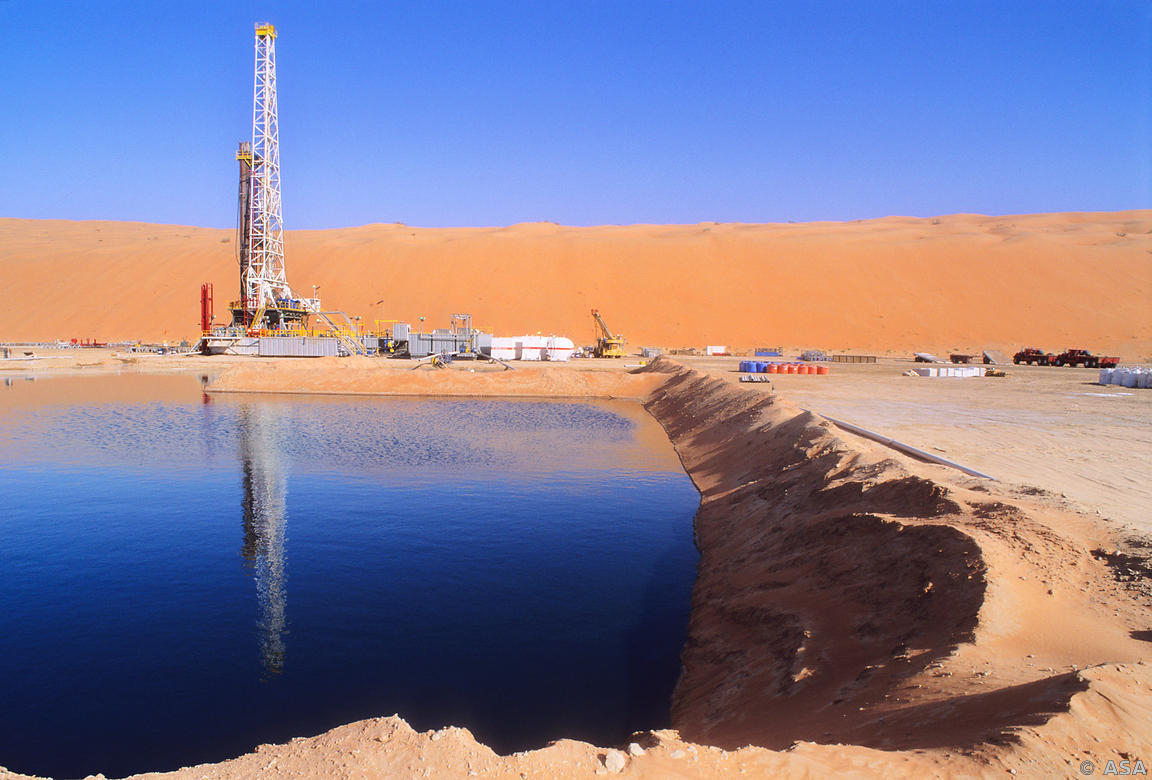Iran's recoverable oil reserves are estimated at 101 billion barrels, the head of a special department at the National Iranian Oil Company that oversees reservoirs, said.
Karim Zobeidi made the announcement at an energy conference in Tehran on Thursday, NIOC's news portal reported.
According to Zobeidi, Iran's in-place oil reserves are estimated at 712 billion barrels.
"There are 184 hydrocarbon fields in the country, consisting of 390 reserves, 171 of which are either developed or being developing with 209 deposits yet to be tapped into. The average rate of recovery from oilfields currently stands at 24.6%," he said.
"The rate is 10% lower than the global average and as long as it does not reach the optimum level, the neighboring states will grab the lion's share of the revenue from the fields, especially the joint ones."
Giving a breakdown, the official said the Asmari formation, a major oil reservoir in Iran mainly composed of carbonate entities, produces almost 50% of total Iranian crude oil. The reserve contains 300 billion barrels of crude, 50 billion of which are recoverable. The average recovery rate from this layer is 37%.
Referring to Bangestan reservoirs whose average recover rate is as low as 15%, he noted that although the layer accounts for 280 billion barrels of the country's in-place oil reserves, only 33 billion can be extracted.
Zobeidi added that Khami hydrocarbon layer contains 126.5 billion barrels and its recovery rate amounts to 17.15%.
Energy experts, including Zobeidi, believe that raising the recovery rate by merely 1% is equivalent to adding 7 billion barrels to production, which would generate $315 billion at a rate of $45 for each barrel of oil.
"It is highly likely that the country's oil recovery rate can increase by 5% to 15% with the help of modern enhanced oil recovery and improved oil recovery technology," he said.
Output Surge
According to Gholamreza Manouchehri, the deputy for development and engineering at NIOC, surveys conducted by foreign firms on Iranian hydrocarbon reserves in the last six months show the country has the potential to raise crude production by 3 million barrels a day.
"Iran has the potential to continue producing oil for at least a century," Manouchehri said, noting that the country can also extract natural gas for more than 160 years.
Pointing to different variables like US shale oil and renewables growth that affect oil prices, the official speculated that crude prices will fluctuate between $40 and $60 per barrel in the next five years, which explains why NIOC and all its subsidiaries should cut unnecessary costs to maximize their profit.
Highlighting Iran's strategic location as well as its exemplary security in the region, the official added that multinationals can also benefit from other major advantages, namely proximity to international waters and extensive infrastructure to export oil and byproducts.
Asked about ongoing negotiations with international giants, Manouchehri noted that the transfer of advanced technology, in addition to attracting much-needed financial resources, are indispensable parts of Iran Petroleum Contract, the new model of oil contracts for developing Iran's oil and gas fields, as the country is in dire need of cutting-edge know-how and equipment to offset the natural decline in extraction from aging oil and gas reservoirs.


